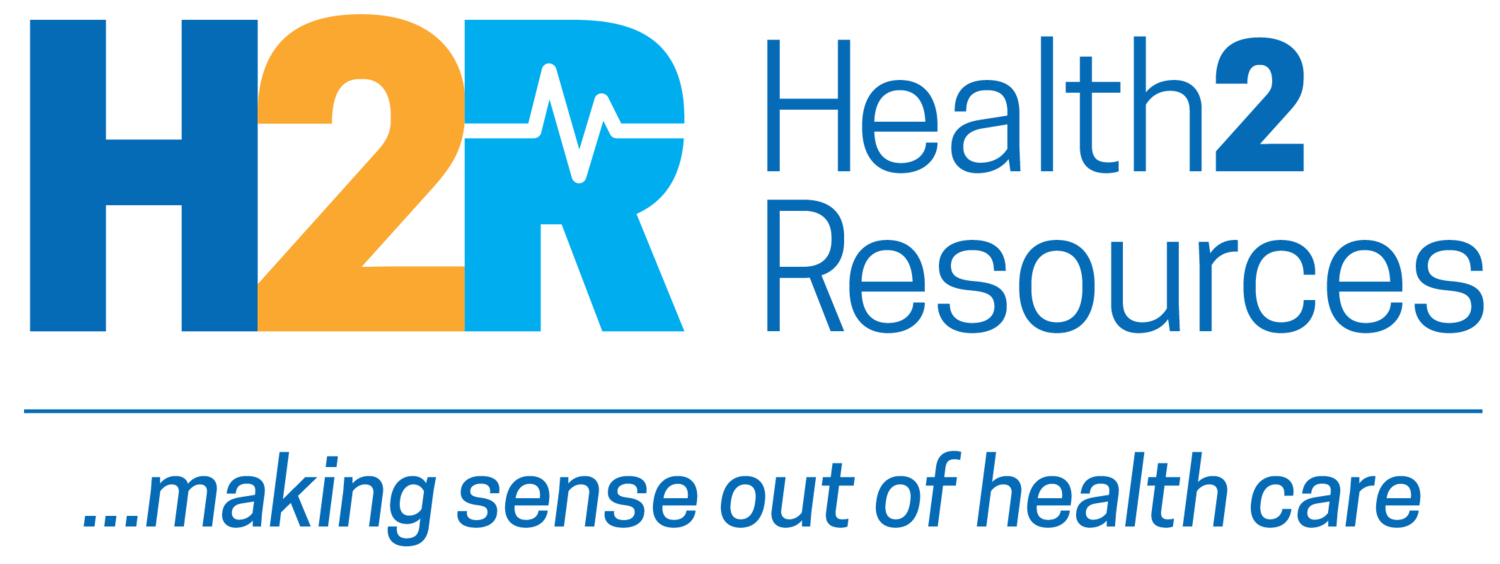April 22, 2021 | More young people admitted with COVID-19
INDUSTRY NEWS
To build vaccine confidence, enlist the medical neighborhood
Vaccinating Americans is the key to stopping the pandemic and returning to some semblance of “normal.” But how do we build vaccine confidence? By engaging the medical neighborhood and expanding to new neighbors that are interested in the health of the community. Building vaccine confidence requires proactive and thoughtful public awareness, education and engagement of a variety of local stakeholders, including community members That was the focus of a recent Bipartisan Policy Center and GTMRx Institute virtual event. During this event, GTMRx announced the National Task Force: Building Vaccine Confidence in the Medical Neighborhood. (Bipartisan Policy Center video)
A handful of drugs account for most of the spending
A relatively small number and share of drugs (mainly those without generic or biosimilar competitors) accounted for a disproportionate share of prescription drug spending in 2019, according to a Kaiser Family Foundation analysis. The 250 top-selling drugs in Part D with one manufacturer and no generic or biosimilar competition (7% of all Part D covered drugs) accounted for 60% of net total Part D spending. The top 50 drugs covered under Part B (8.5% of all Part B covered drugs) accounted for 80% of total Part B drug spending. (KFF)
INNOVATION & TRANSFORMATION
Fine-tuned remote monitoring cuts readmission and costs
Deaconess Health cut its 30-day readmission rate from 14% to less than 7% after customizing its remote monitoring program to patients who would most benefit. It saved $500,000 in costs associated with readmission, including penalties. Deaconess also estimates it saved roughly $6.5 million in total costs associated with care. Patient satisfaction is high: 93% percent of the patients in the program are satisfied with its ease of use, and 94% are happy with the care they’re getting at home. (mHealth Intelligence)
CMM supports primary care fundamentals
A new paper published in the Journal of the American Board of Family Medicine explores how comprehensive medication management contributes to the foundational elements of primary care. In CMM, pharmacists work with the patients and providers to optimize the patient's medication regimen. They improve coordination by collaborating with specialists and others in the patient's health care team around optimization of a patient's medications. “The provision of CMM addresses critical unmet medication-related needs in primary care and is aligned with the foundational elements of primary care.” (Journal of the American Board of Family Medicine; News Medical)
CONSUMERS & PROVIDERS
MGMA chief: Address provider burnout now
Provider burnout has grown to “potentially catastrophic” levels, writes MGMA President and CEO Dr. Halee Fischer-Wright. Worklife happiness has dropped from 69% pre-pandemic to 49%, according to Medscape's National Physician Burnout & Suicide Report 2021; the repercussions will be felt for decades, she warns. “We recognized years ago that relying on burned out providers makes it impossible to achieve cost-effective, high-quality, satisfying care. To avoid blows to accessibility, patient trust and engagement, and the financial stability of the healthcare system, we need to take comprehensive, collaborative action.” (Modern Healthcare*)
Lyft Pass: More autonomy for patients?
Last week, Lyft announced Lyft Pass for Healthcare, which lets patients initiate their own medical rides. This expands the Lyft Pass concept—which allows business organizations to monitor and cover the employee transportation costs—to health care. Eligible patients, health plan members and Medicaid and Medicare beneficiaries can request a ride to medical appointments, vaccinations, prescription pickups, etc. The sponsoring health care or social services organization can customize the program’s budgets, approved locations and scheduling windows. They can monitor usage and manage spend while allowing members to be more autonomous with their scheduling. (Fierce Healthcare)
NEW & NOTED
Medical board execs make the real money: Top executives at medical boards frequently make more money than the average practicing physicians they regulate, according to MedPage Today analysis. Among the widest gaps: American Board of Internal Medicine, the American Board of Family Medicine and the American Board of Pediatrics. (MedPage Today*)
Hospices to get a pay bump: CMS announced last week it plans to increase hospice payments by 2.3% ($530 million) in 2022. The proposed aggregate cap for hospice payments is just roughly $31,400. (Modern Healthcare*)
More young people admitted with COVID-19: Hospitals are seeing more younger adults admitted with COVID-19 as more contagious variants spread. But it’s not just the variants driving the surge. Many older teens and young adults have yet to receive the shots, and they may engage in more high-risk behaviors (e.g., going to bars). Dr. Paul Offit of Children’s Hospital of Philadelphia reports seeing more patients with a rare inflammatory complication of COVID-19 than ever. (CNBC)
MULTI-MEDIA
CHW, pharmacists as essential COVID responders
Pharmacists and community health workers (CHWs) have become of part of the frontline response to COVID-19. “These trusted messengers are central to reaching vulnerable communities and addressing determinants of poor health, which have been exacerbated by the pandemic,” according to the National Institute for Health Care Management (NIHCM) Foundation. NIHCM recently held a webinar outlining opportunities and strategies to support these workers and strengthen their ability to improve public health and promote health equity. (NIHCM webinar)
MARKETVOICES...QUOTES WORTH READING
“It is time to embolden health care strategy by ensuring patients understand their medications and can collaborate with their physician along with a clinical pharmacist to ensure the medicines prescribed are right for them.”—GTMRx Executive Director Katherine Capps, writing in Specialty Pharmacy Continuum
